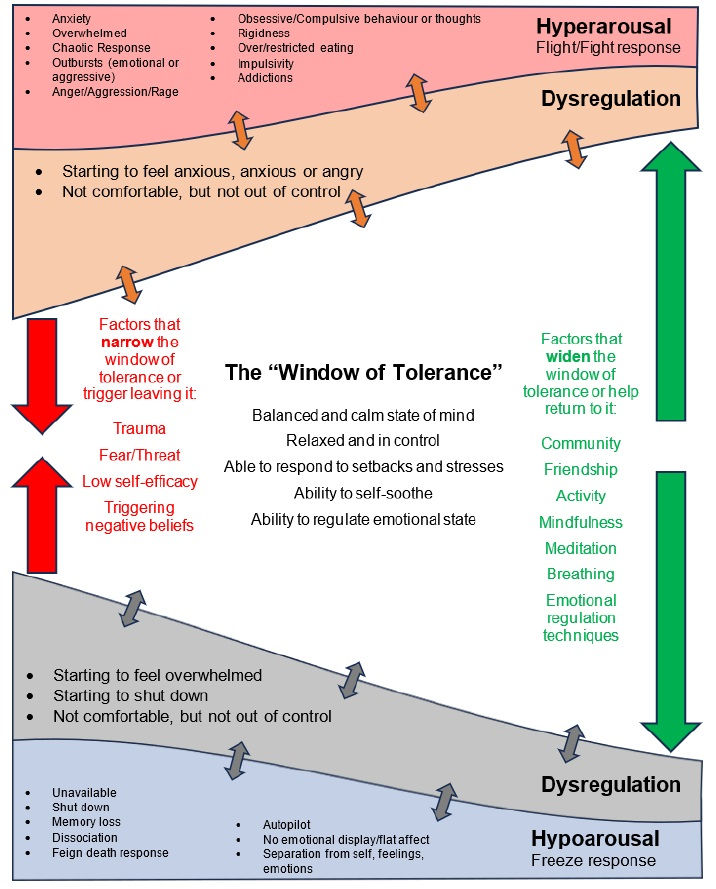What Is Hypnosis? A Deep Dive into Focus, Suggestion, and Transformation.
- maximillianmayell
- Jul 21
- 4 min read

Hypnosis. The word alone tends to stir up a mix of curiosity, scepticism, and intrigue. For some, it conjures images of swinging pocket watches and people clucking like chickens on stage. For others, it represents a legitimate therapeutic tool for helping people overcome fears, manage pain, break habits, or even reconnect with aspects of themselves they’ve long neglected.
But what actually is hypnosis? The answer isn’t as straightforward as you might think. In fact, ask ten people—hypnotherapists, scientists, performers, or clients—and you’re likely to get ten different definitions.
The Many Faces of Hypnosis
Hypnosis is a process with many definitions, interpretations, and applications. It’s used in clinical therapy, entertainment, coaching, and even self-development. Some people describe it as a state of deep relaxation. Others view it as a form of focused attention or increased suggestibility. Still others define it as a process of bypassing the conscious mind to influence the subconscious.
So, who's right? In truth, all of these definitions hold some validity, depending on the context in which hypnosis is being used.
A Working Definition: Focus, Imagination, and Intention
In my view, hypnosis is best understood as a state of narrowed, focused attention where the imagination becomes more vivid, more real—at least temporarily—than the outside world. In this state, a person becomes more receptive to suggestions, more open to new perspectives, and more capable of change.
But there’s a crucial component often overlooked: intention.
Hypnosis doesn't just happen by accident. It’s not simply about being deeply absorbed or “zoned out.” There needs to be a deliberate interaction—either with oneself (as in self-hypnosis) or with another person (such as a hypnotherapist or stage hypnotist)—for a trance to truly become hypnosis. That intentional focus is what distinguishes hypnosis from other common states of mind.
Trance vs. Hypnosis: Not All Trances Are Hypnotic
Let’s break this down with a real-world example. Imagine yourself as a child, playing on the playground, completely absorbed in the moment. At some point, you look down and notice a cut or scrape on your leg. Only then do you feel the pain.
What happened there?
You were in a natural trance—a state of deep, effortless focus. Your mind was so fully engaged in the joy and imagination of play that it essentially filtered out pain signals from your body. This is a great example of how the mind’s focus can shape your experience. But it’s not hypnosis—because there was no guiding intention.
Now compare that to someone in a therapy session, guided gently into a relaxed state by a trained hypnotherapist. Or someone on stage, responding to a performer’s suggestions while in a playful, suggestible mindset. In both cases, there's an intentional process being directed toward a specific goal. That’s the key distinction: hypnosis involves purposeful guidance through trance.
Hypnosis in Practice: Therapy, Coaching, and Stage
Depending on how it’s used, hypnosis can look and feel very different:
In clinical hypnotherapy, hypnosis is used to help individuals shift long-standing patterns—like quitting smoking, reducing anxiety, changing unhelpful beliefs, or managing chronic pain. The hypnotherapist works collaboratively with the client to create a safe space where the subconscious mind becomes more accessible.
In self-hypnosis, a person intentionally guides themselves into a focused, receptive state using techniques like visualization, breathwork, or guided recordings.
In stage hypnosis, the process is more playful and performative. The hypnotist selects willing participants and uses rapid, often theatrical techniques to create surprising and entertaining responses. While it’s real, it’s also highly contextual—people respond because they expect to and want to.
Each form relies on the same fundamental mechanism: focused attention, guided intention, and the use of suggestion to shift internal experience.
So… Is Everyone Hypnotizable?
This is a common question. The short answer is: yes. Most people can enter a hypnotic state, especially if they’re willing and open to the experience. However, the depth and responsiveness of hypnosis can vary depending on individual differences, trust in the practitioner, and the setting.
Hypnosis is not mind control. People under hypnosis are not unconscious, asleep, or at the mercy of someone else’s will. In fact, most people remain highly aware during the process, simply more focused inward and more open to certain types of input.
Where Does Hypnosis Begin—and End?
Here’s where things get a little grey. Because hypnosis relies on everyday mental capacities—like focus, imagination, and suggestion—it can sometimes be difficult to pinpoint exactly where “regular experience” ends and “hypnotic experience” begins.
You might hear people say things like, “Driving on autopilot is a form of hypnosis,” or “Watching a movie and crying at a fictional character’s death is being hypnotized.” And while those are certainly trance-like states, they’re not necessarily hypnosis in the technical sense—because there’s no intentional use of that focus for change or suggestion.
In other words, all hypnosis is trance, but not all trance is hypnosis.
Final Thoughts: Hypnosis as a Tool for Transformation
At its core, hypnosis is a powerful tool for shifting attention, accessing deeper layers of the mind, and opening the door to meaningful change. When used ethically and with intention—whether in a therapeutic, personal, or performance setting—it has the potential to transform beliefs, habits, and even physical sensations.
But it’s not magic. And it’s not manipulation. It’s a natural, accessible process that relies on something we all already have: the ability to focus, imagine, and respond to suggestion.
So whether you’re curious about using hypnosis for personal growth, or just want to better understand what’s happening behind the scenes in a stage show—it all starts with that simple question: Where is your attention?


Comments